Join More Than 50,000+ Subscribers and get latest camera news and rumors
NEW CAMERA VIDEOS ON YOUTUBE
|
By admin, on March 31st, 2024
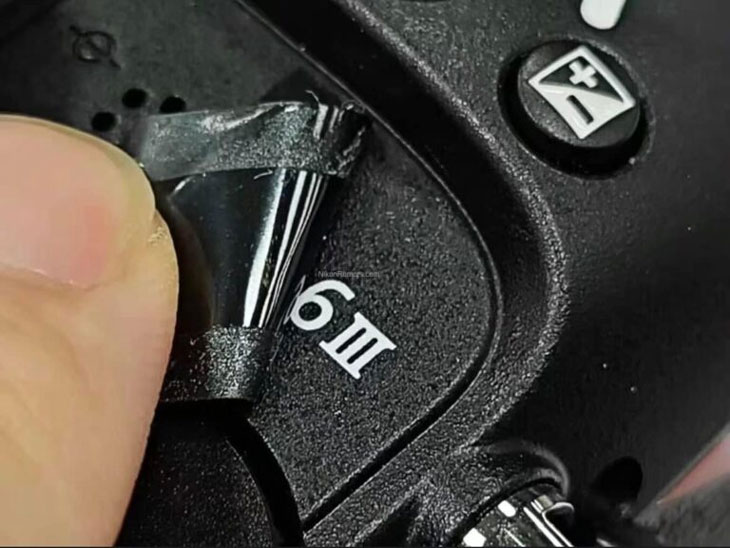
An image of the Nikon Z6 Mark III (Prototype) camera leaked today. If you look at the image, it appears to be quite legit to me. If you try to explore the small details in the image, which includes black tape to cover the name/logo has small fragments of dust all over it and the focal plane mark just after the thumb that is not painted. In that case, it suggests that it’s a prototype camera, not the final production-line version. So, if you look at the glimpse that is available right now, it looks very convincing that it’s the Z6 Mark III camera. If this is true, then for sure, an announcement is expected in a couple of weeks, most probably before the 3rd week of May 2024.
As you all know, Tamron recently announced the 28 to 75 mm f/2.8 G2 lens for the upcoming Nikon Z6 Mark III camera. The situation looks very similar to when Tamron announced the 28 to 75 mm f/2.8 G2 (October 28, 2021) lens just prior to the Sony A7 IV camera (December 22, 2021), which has a 33-megapixel CMOS sensor. So, I am really excited to see if the camera is coming with a higher resolution sensor at 33MP, full-frame CMOS with BSI, which is exactly the same as we have seen in the Sony A7 4 camera, or if it will carry the same 24-megapixel CMOS sensor that we have seen in the Nikon Z6 Mark II or the Nikon ZF. If you go with the rumors that have been published in the past, the camera is expected to arrive with the same 24 MP sensor. But given the current situation and the way that Tamron just announced the 28 to 75 mm f/2.8 G2 lens that is able to resolve higher resolution, it’s quite intriguing.
Follow us on our social pages FACEBOOK | TWITTER | INSTAGRAM to get live news + Nikon Rumors 24X7
source NR.com [website]
By admin, on March 29th, 2024
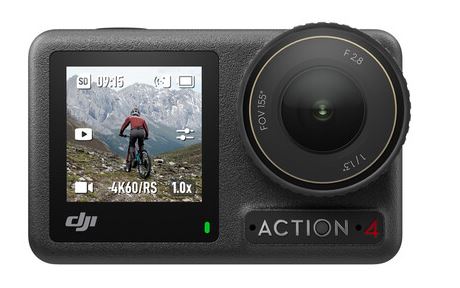
The latest firmware update for the DJI OSMO ACTION 4 Camera significantly optimizes the video algorithm and improves the dynamic range. Specifically, it pulls out more details in the highlighted portions of the videos. This specific firmware update is very important for all DJI OSMO ACTION 4 Camera users and should be applied as soon as possible to elevate the video quality to the next level, specifically when shooting at 30 frames per second or below in 4K video mode.
Get the Action 4 Camera from B&H Store
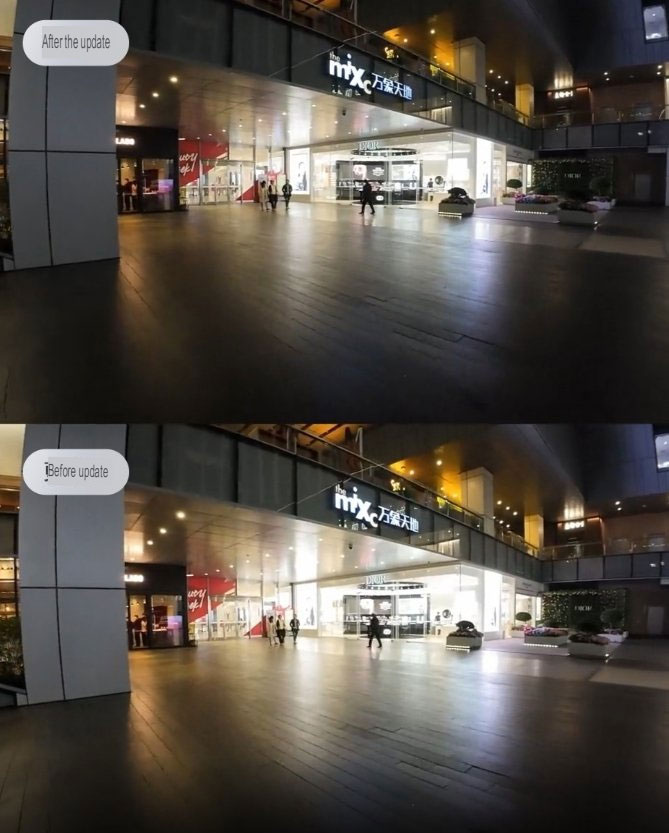

Other Updates include
Added the auto power-off setting for DJI Mic 2 transmitter.
When enabled, the transmitter will automatically power off 15 minutes after being turned on if it is not connected to any device and the standalone recording function is not enabled. After connecting the transmitter, you can set the auto power-off feature through System Settings > Wireless Microphone > Auto Power-off (Requires upgrading the transmitter firmware to version 04.03.08.31 or above).
Improve the default audio gain of the DJI Mic 2 transmitter to optimize audio volume performance.
No receiver is required. The Osmo Action 4 can directly connect to the DJI Mic 2 transmitter via Bluetooth, allowing for better audio recording during activities such as cycling, hiking, and climbing.
You can visit DJI official website to download the latest updates in bin format.
Follow us on our social pages FACEBOOK | TWITTER | INSTAGRAM, If you have time –>see more Camera News
By admin, on March 28th, 2024
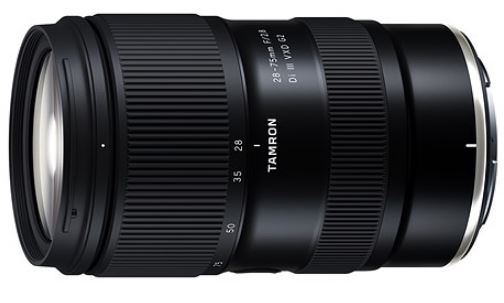
The Tamron 28-75mm F2.8 G2 (VERSION 2.0) lens for Nikon Z Mount has finally been announced, the lens features an upgraded optical formula compared to the previous generation of 28-75mm F2.8 Lens. If you are using the Nikon Z6 Mark II or Nikon Zf then the first generation of lenses is more than enough to resolve the 24MP sensor of both cameras, but if you are planning to buy a higher resolution Nikon camera, like Nikon Z7 mark II or the upcoming Nikon Z6 Mark III u should aim for Tamron 28-75mm F2.8 G2 Lens.
Get Tamron 28-75mm F2.8 G2 lens for Nikon Z Mount – B&H Store | amazon.com
Follow us on our social pages FACEBOOK | TWITTER | INSTAGRAM to get live news + Nikon Rumors 24X7.
By admin, on March 27th, 2024
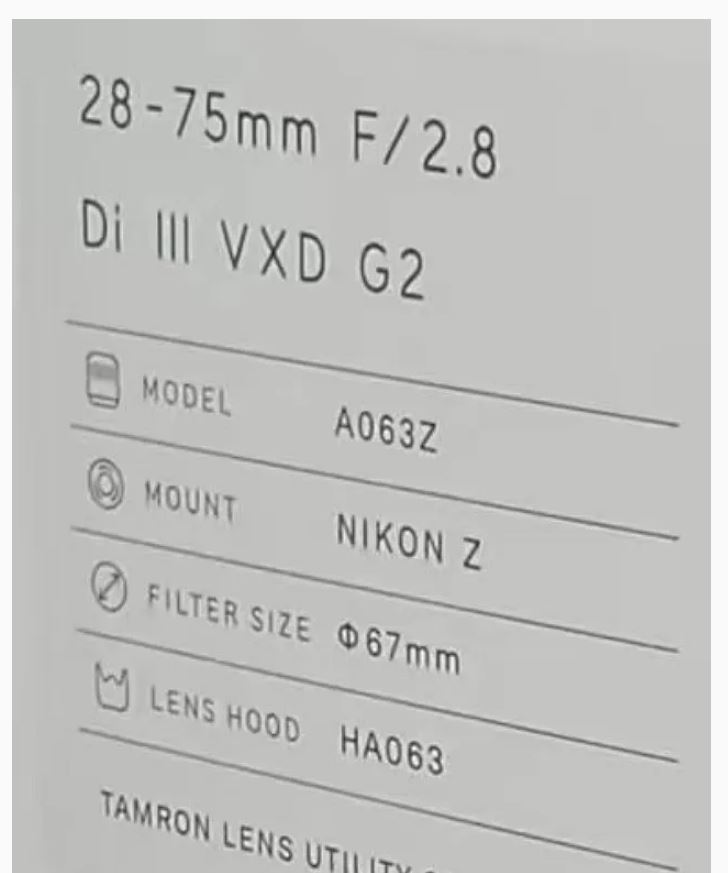
According to the latest set of rumors, Tamron will soon announce the G2 versions (Mark II) of their ultra-popular 28 to 75 mm f/2.8 Di III VXD lens. The lens has already been available for E-mount for over a year, but we now have some confirmed information from trusted sources that the lens will be announced today for the Nikon Z mount.
As we all know, the overall optics of the G2 edition are much improved and highly suitable for higher resolution cameras. So, it is recommended that if you’re planning to buy a 28 to 75 mm f/2.8 lens soon, then you should wait for one months and get the G2 edition in your hands.
Follow us on our social pages FACEBOOK | TWITTER | INSTAGRAM to get live news + Nikon Rumors 24X7.
source webio
By admin, on March 27th, 2024
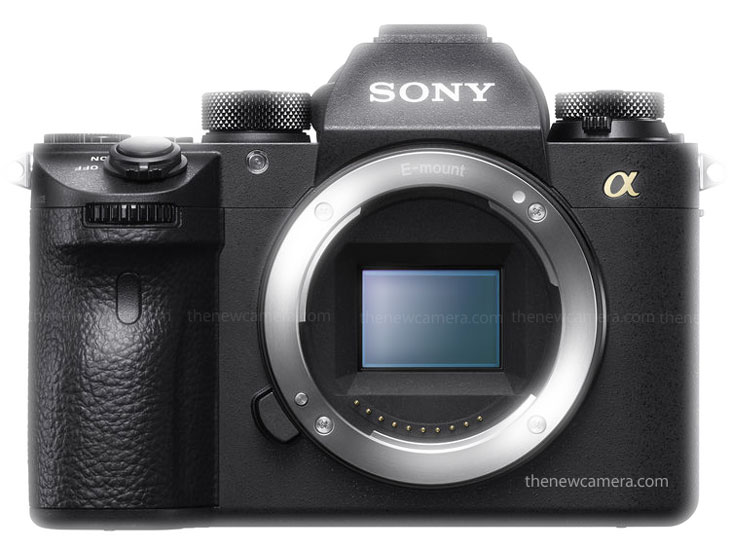
Sony A6900 specification surfaced over the web, the Sony A6900 specification is coming out from source E8M_8888, rumors shared by this handle are mostly correct. So, we can’t ignore this. Although the source also said
The ZV-E10 II is a short video camera with no problems. I can walk backwards if I can take out the a6900. This is something that will not happen in 2024.
Sony A6900 Specification
- 40.2 megapixel effective APS-C Exmor R sensor, ISO 80-32000
- Approximately 8.0 stops 5-axis image stabilization
- BIONZ XR processor + AI intelligent chip
- 759 phase detection autofocus points, adjustable focus point size
- Subject recognition for people, birds, animals, cars/trains, planes, insects, high-precision real-time tracking
- Hi+ mode up to approx. 11 fps lossless compressed RAW continuous shooting
- Mechanical shutter with electronic front curtain, flash sync speed 1/320s, fastest shutter speed 1/8000s
- 4 shot/16 shot pixel shift multi-shooting function
- Off-axis approx. 3.69 million dot 0.39-inch OLED electronic viewfinder
- Dual SD / CFexpress Type A compatible memory card slots
- Ergonomic grip design
- Full pixel sampled 8K/30p, 4K/60p, 1.01x and 2.01x crop mode 4K/120p video recording
- S-Cinetone, S-LOG, and LUT import & monitoring
- Approx. 15 stops dynamic range
- Video breathing compensation function, video auto composition function, enhanced video dynamic stabilization mode
TNC take: So, for now, as you know the Sony A6700 camera was announced in July 2023, and Sony took almost 4 years to bring the update, the Sony A6600 was announced in Aug 2019. So, you can notice the big difference between the update cycle of both the flagship APS-C Cameras. So, even if Sony plans to update the A6700 camera a bit early, even though they will announce it sometime in late 2025 (Q4 of 2025). So, it’s completely safe to buy a Sony A6700 camera for now.
share your thoughts with us
Follow us on our social pages FACEBOOK | TWITTER | INSTAGRAM, If you have time –>see more Camera News and Sony Alpha Rumor
source E8M_888
By admin, on March 26th, 2024
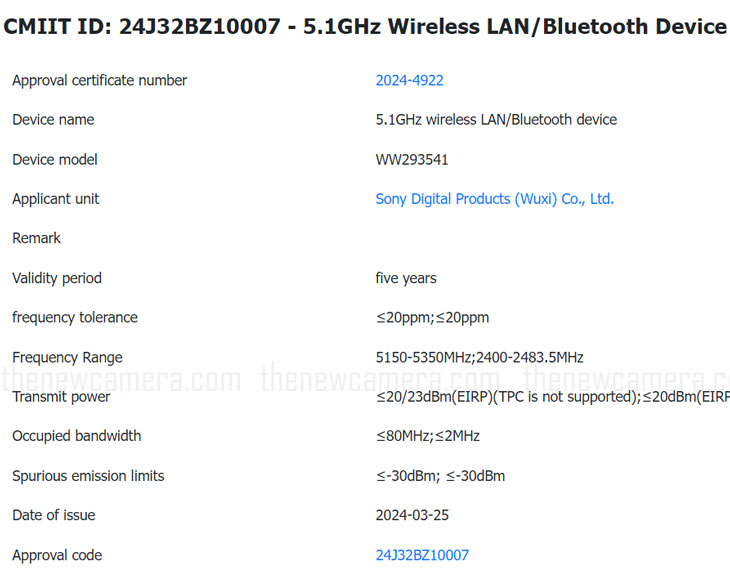
Sony registered a new camera at a wireless certification agency, the model code is WW293541. As per the latest rumors from rumor mills the WW293541 camera is said to be Sony ZV-E10 Mark II.
The only thing that concerns me is the WiFi band mentioned in the wireless certification document, since the Sony ZV-E10 series is an entry-level camera series and I was expecting Sony to keep WiFi limited to 2.4 GHz. But, in the latest registered model, we have 5 GHz WiFi available for faster data transfer which is usually available in Sony Cameras with $1000+ budget, like Sony A6700.
It looks like the Sony ZV-E10 Mark II comes with almost all the core specs we have seen in the Sony A6700 camera, including a 26MP sensor and 4k 60fps recording and of course 2.4 GHz and 5 GHz bands for fast and stable data transfer. (obviously, they will remove EVF and some features to save up the production line cost and sales of the A6700 camera)
Follow us on our social pages FACEBOOK | TWITTER | INSTAGRAM, If you have time –>see more Camera News and Sony Alpha Rumor
By admin, on March 25th, 2024
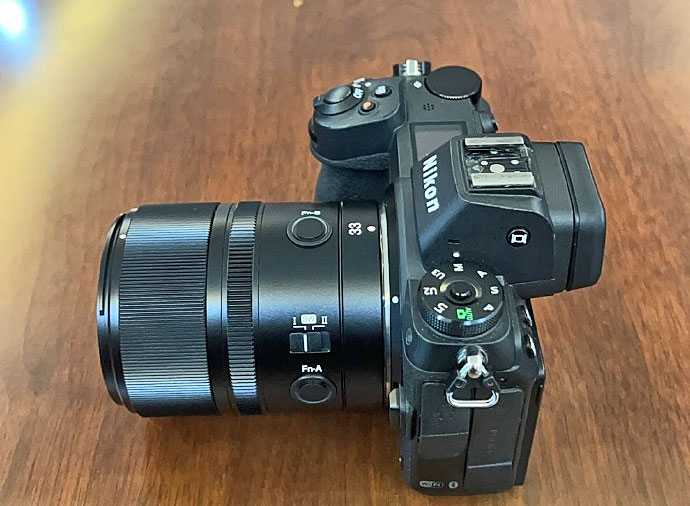
Yongnuo Nikon Z mount AF 33mm F1.4 announcement is expected anytime soon. stay tuned We will post an update soon.
Yongnuo Nikon Z mount Lenses
Yongnuo 85mm f/1.8Z DF DSM Lens (Nikon Z)
Yongnuo YN 50mm f/1.8S DF DSM Lens for Nikon Z
Yongnuo 35mm f/2Z DF DSM Lens (Nikon Z)
Yongnuo YN 50mm f/1.8Z DA DSM Lens (Nikon Z)
Follow us on our social pages FACEBOOK | TWITTER | INSTAGRAM to get live news + Nikon Rumors 24X7.
source – camerabeatawebio
|
KEEP THIS BLOG ALIVE - Support New Camera Buy Canon Lenses, Buy Music CD or Digital Camera at amazon it helps this site, and you do not pay anything extra, it is just a way to help support this site.

|














